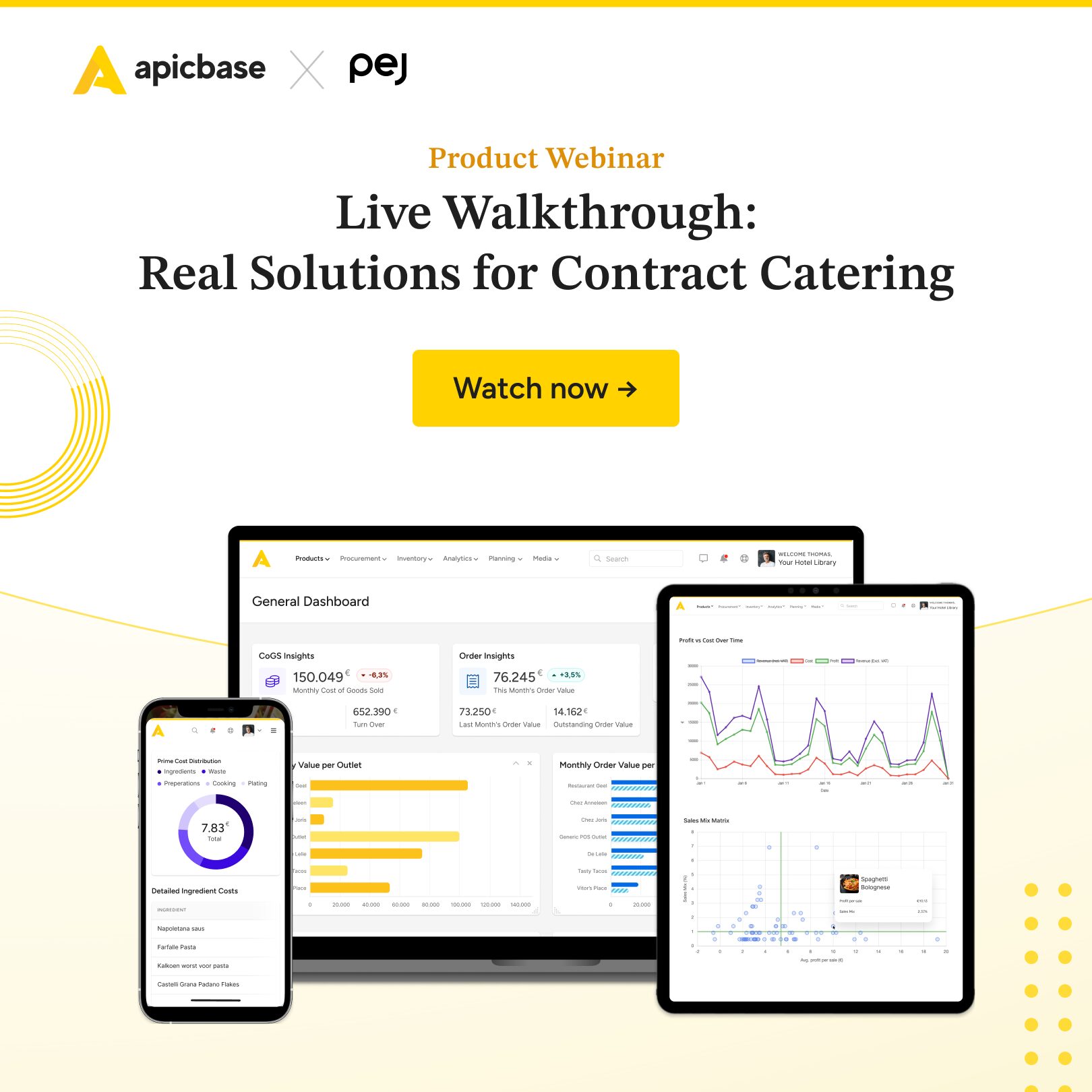Running a multi-location foodservice enterprise can feel like spinning plates while juggling lit torches.
Just when the chefs are comfortable with the ordering system at one location, there’s a problem with the menu cycle at another. Each new location and sales channel adds another level of complexity to an already rich operation. Like someone throwing yet another lit torch at you.
A restaurant ERP (Enterprise Resource Planning) system brings order to the chaos. It enables you to control your restaurant processes end-to-end. So you can stop putting out fires and focus on improvements that fortify your bottom line—like zooming in on the gap between your actual and theoretical food costs.
The right Enterprise Resource Planning tool integrates all key data sources into one comprehensive platform, helping your teams manage the moving parts of a hectic food service operation with calm control.
For example, when unit or restaurant operation managers use an ERP system for automated ordering, their tasks become significantly easier. The system eliminates the need for late-night stock counts and enables real-time monitoring of stock levels across all sites. You also have access to clear dashboards for sales and inventory. This allows your teams to manage food costs effectively and efficiently, offering a significant competitive advantage in an industry known for its razor-thin margins.
This drive for competitive advantage and performance optimisation is also evident in the rising use of technology. Restaurant IT budgets have doubled, now accounting for 7%- 10% of revenue. Another survey shows that 54% of restaurants plan to spend even more on technology in the coming years, including on ERP systems. And 76% of respondents who increased tech investments say it has given them a competitive edge.
These statistics indicate that the industry is becoming increasingly data-driven. A restaurant ERP system is central to your tech ecosystem. It manages crucial processes such as inventory control, food cost management, and sales analysis. Therefore, selecting the right software is essential but also challenging. Not all systems are created equal, and what works for a competitor may not suit your specific operation or meet the technical requirements and standards outlined by your tech lead.
Choosing an ERP raises questions, and we are here to answer them.
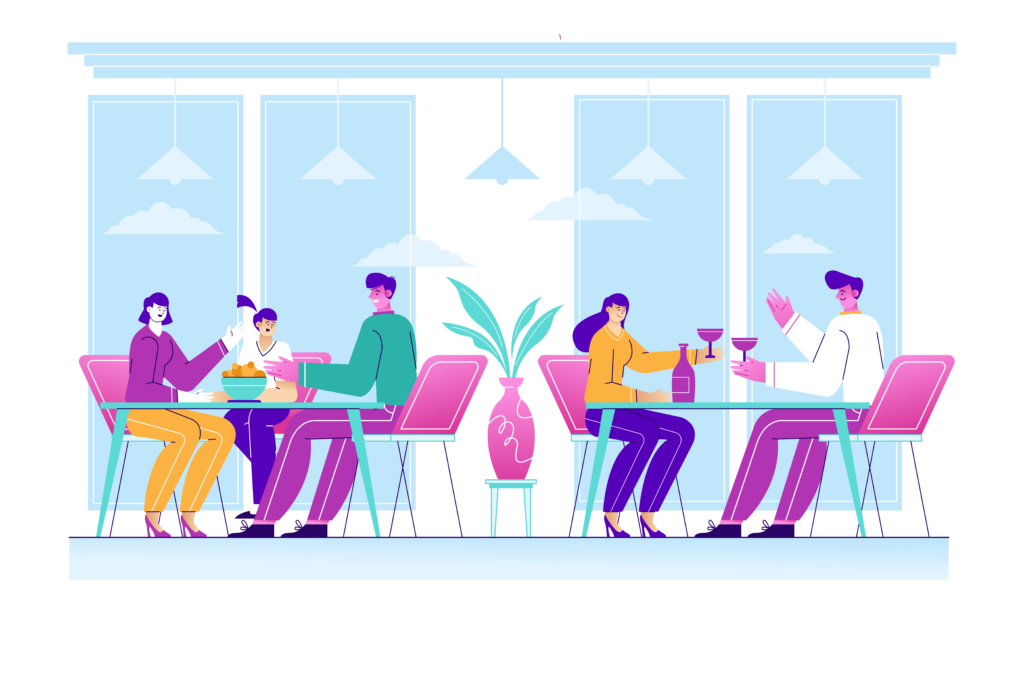
Everything you need to know about ERP restaurant software
1. What Is Enterprise Resource Planning (ERP)?
Enterprise resource planning (ERP) is a process used by companies to manage and integrate the important parts of their businesses.
Many ERP software applications are important to companies because they help them implement resource planning by integrating all of the processes needed to run their companies with a single system.
An ERP software system can also integrate planning, purchasing, inventory, sales, marketing, finance, human resources, and more.
KEY TAKEAWAYS
- ERP software can integrate all of the processes needed to run a company.
- ERP solutions have evolved over the years, and many are now typically web-based applications that users can access remotely.
- Some of an ERP’s benefits include the free flow of communication between business areas, a single source of information, and accurate, real-time data reporting.
- An ERP system can be ineffective if a company doesn’t implement it carefully.
(Source: Investopedia)
2. What is the best ERP for my restaurant business?
Every restaurant business is different. Off-the-shelf ERP systems are often not up to the job of the highly complex food service industry.
Especially now that concepts like virtual restaurants, a variety of cloud kitchen business models and central production kitchens have become more common, if not the norm, for restaurant chains.
Modern restaurants are increasingly turning to point solutions to solve specific problems. So, it’s important to be aware of the distinction between a point solution and a platform.
A point solution is designed to solve a specific problem. A platform focuses on a set of related tasks and integrates with relevant point solutions or other platforms. Platforms offer a flexible way to create a custom holistic system that is able to monitor processes end-to-end.
When you see the abbreviation’ ERP, ‘ you might think of old legacy systems—the ones that ran on bulky hardware and had to be installed and maintained at a considerable cost. But the latest ERP systems are different.
A SaaS solution with its data in the cloud avoids the large upfront investment and the need to install servers in the restaurant. Cloud-based software is accessible from anywhere and integrates neatly with other systems.
The best ERP for your restaurant is likely a modular cloud-based platform. That way, you can build your own system with the parts you need. Be sure that data can flow efficiently from one system to another, so you have accurate reports at your fingertips, allowing you to make important decisions quickly and achieve your business goals.
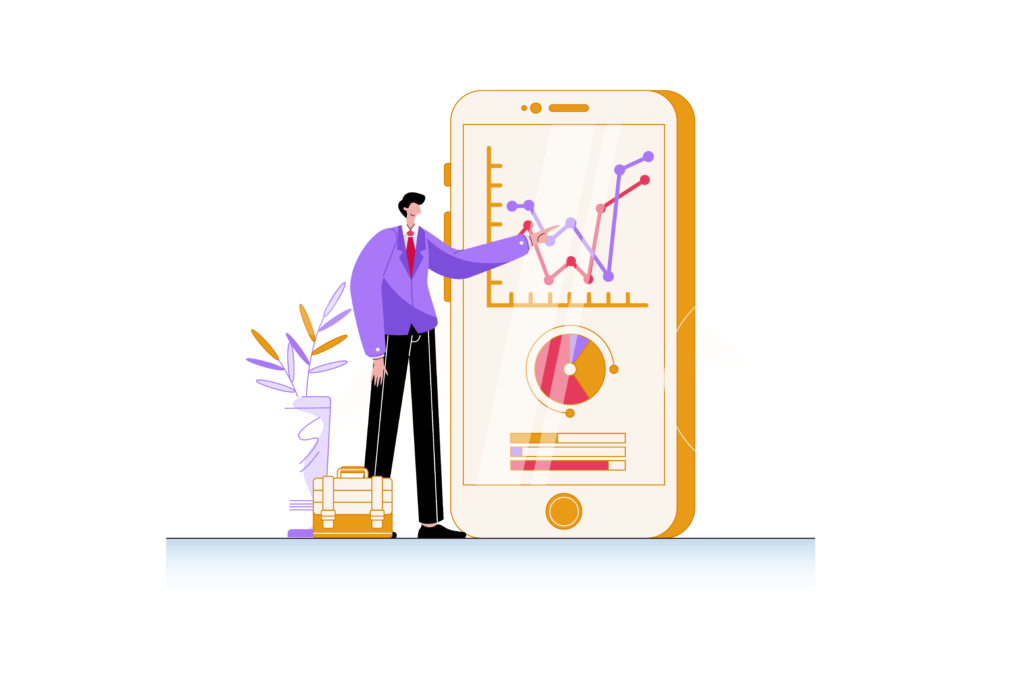
3. What is the primary goal of ERP software for restaurants?
The goal of ERP software is threefold:
- Improve efficiency and unburden the workforce by streamlining processes
- Add automation to restaurant operations to save time and money.
- Data-sharing across the business, thus preventing blindspots caused by datasilos.
Better data sharing equals better decision-making, which leads to long-term profitability and, in turn, creates opportunities for growth.
4. What are the key benefits of food and beverage ERP software?
Ultimately, the benefit is making your business more profitable. Food ERP software helps to boost the bottom line by:
- Improving efficiency and cutting labour costs
- Improving staff morale
- Reducing food costs and food waste
- Improving data flow and reporting
- Improving regulatory compliance
- Improving quality management and consistency
- Improving customer service
5. How does food ERP software help with central kitchen management?
A central kitchen can greatly improve the efficiency of food production and the supply chain. Batch processing facilitates efficient distribution to multiple outlets, and supplies arrive at a location built to receive them efficiently.
With an ERP system for central kitchens, items are tracked and stored safely. This is important because poor intake procedures and the lack of follow-up on internal orders are some of the main reasons for inflated food costs.
A central kitchen has many benefits, but it can be difficult to manage. Efficient communication and management between the commissary kitchen and the outlets in different locations are challenges.
ERP software helps you stay on top and maximise your benefits. With all the data in the cloud, managers can take control wherever they are and manage multiple locations from one place.
On top of that, a custom-built kitchen can be fitted with tech that integrates with the ERP. For example, a kitchen display system that gives each station clear tasks to carry out.
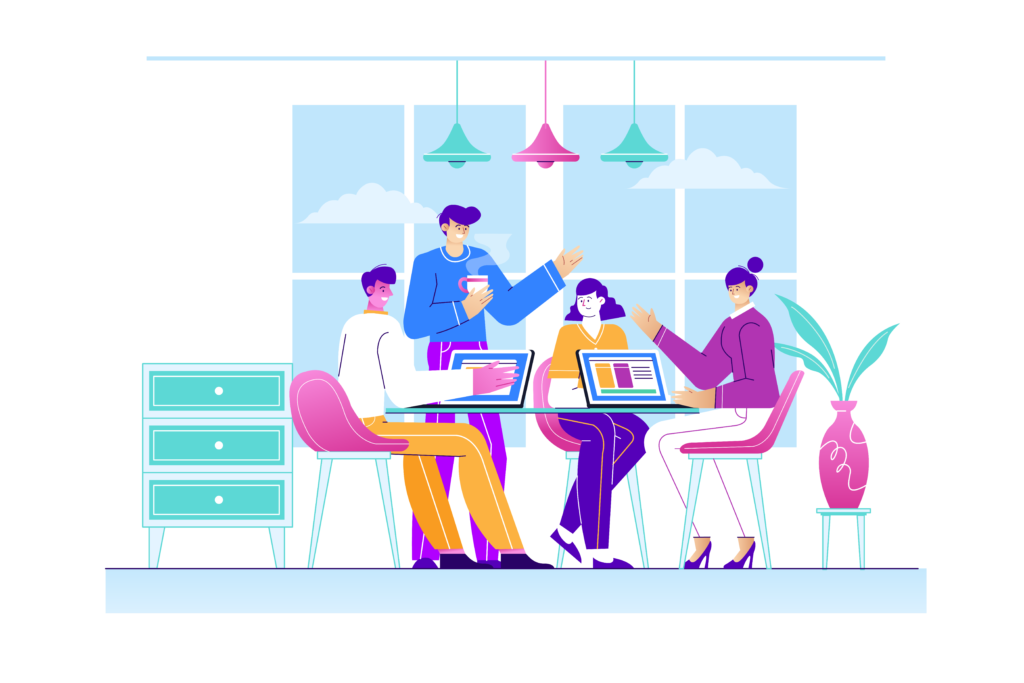
6. How does an ERP help with recipe management?
Recipes are the central ingredient of any food ERP software worth its salt.
Standardised recipes are key to efficiency. Your recipes are your core data set. They fuel every other back-of-house process. When it comes to recipe management software, you cannot make any concessions. It has to be top-shelf. That is why general ERP systems modified for the food industry hardly ever make the cut. They can’t deal with the intricacies of F&B management.
Only when accurate ingredient measurements, clear MEPs, and standard operating procedures are in place can you achieve repeatable results and generate consistent data groupwide.
ERP systems that include recipe management help to:
- Catalogue recipes uniformly
- Improve product consistency
- Minimize food waste
- Control food costs
- Make accurate purchasing forecasts
- Avoid manual hand-overs between departments
- Track allergens and nutritional values with 100% accuracy
- Avoid human errors
Overall, an ERP system should be your single source of truth for everything related to your recipes.
7. Why do ERP systems fail?
An ERP comes with huge potential benefits but also pitfalls to avoid. Here are the common reasons for failure:
- The corporate culture is not ready to embrace the change of digital transformation
- Protocols aren’t standardized
- Not setting realistic targets and expectations
- Lack of competent project managers
- Production processes and recipe data are not clearly defined
- Underestimating the task of data migration
Bear these issues in mind as you come to implement an ERP system for your restaurant business.
8. How much training is needed to use a restaurant ERP?
A digital transformation simplifies communications and decision-making, but you need to get your staff on board to get there. That’s not always easy.
A cloud-based ERP system should be intuitive to use. Staff should be able to pick it up quickly if it makes their jobs easier. But there will be issues along the way.
That’s where change management comes in. An investment in a dedicated manager or team to implement a new digital system could pay for itself many times over. Especially if you have a particularly complex business model.
Ultimately, the amount of training depends on the size and intricacies of your business. However, a cloud-based system with the right integrations and a dedicated support team will simplify the process.
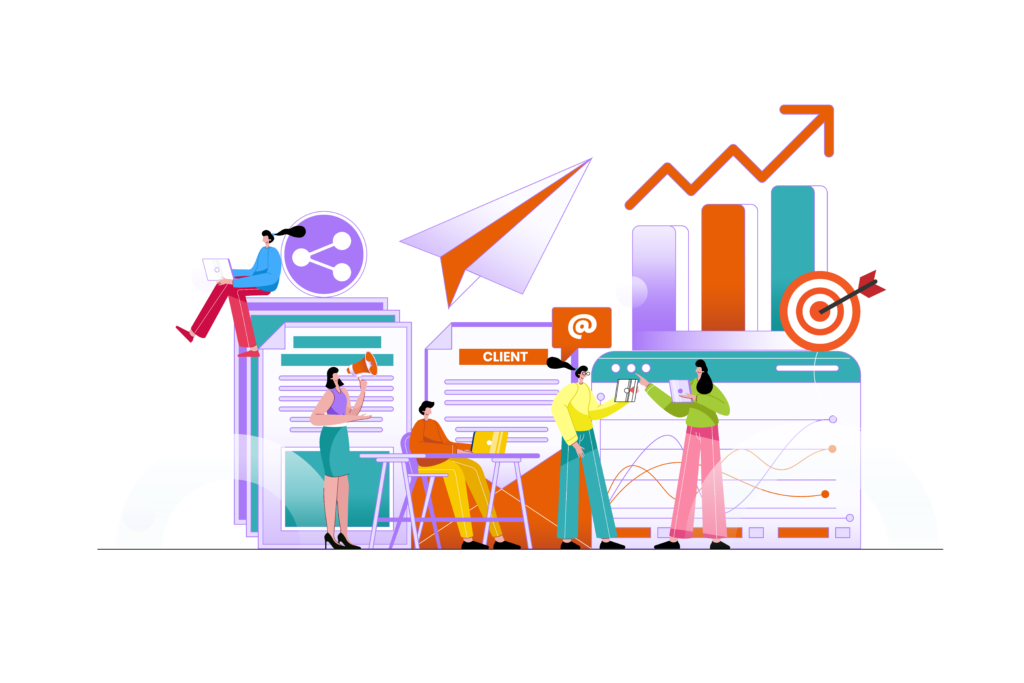
9. What are the features to look for in a restaurant ERP?
When it comes to the back-of-house, here are the core features to look for in your restaurant ERP.
- Menu engineering
- Sales analytics
- Inventory management
- Procurement management
- HACCP & task planning
- Menu planning
- Production planning
Also make sure these features are in place:
- Cloud-based platform – SaaS model
- Robust APIs to share data between ePOS, F&B management, accountancy and labour planning
- Ability to assign user roles and permissions
- Solid reporting options and clear dashboards
- Ability to seamlessly connect new locations to the tech ecosystem
Recommended reading: How to choose kitchen management software
Conclusion: Choose a Restaurant ERP System that Scales With You Without Adding Complexity
Whichever ERP solution you choose, it must be one your staff members are willing to use. Don’t assume people will abandon the old way of doing things and embrace new technologies at the drop of a hat. Change management will always be a part of ERP implementation. Even if the system of your choice claims to be a plug-and-play solution (FYI, it never is).
If your chefs keep phoning in orders instead of using the built-in automated ordering tools, you won’t be able to reap the benefits of loading in suppliers and monitoring ordering data in the cloud.
This brings us to a decisive element in ERP systems for restaurants and food businesses. The software you choose shouldn’t just enable you to monitor processes end-to-end. It should also bring insights into business optimisation and opportunities for growth.
When the organization grows, your restaurant ERP system should be able to grow with you without adding complexity. Instead, it should always add clarity and efficiency.
Therefore, the best way forward for multi-unit and enterprise food and beverage organisations is a modular cloud-based platform with excellent support and robust APIs—one that enables seamless data sharing with other platforms.
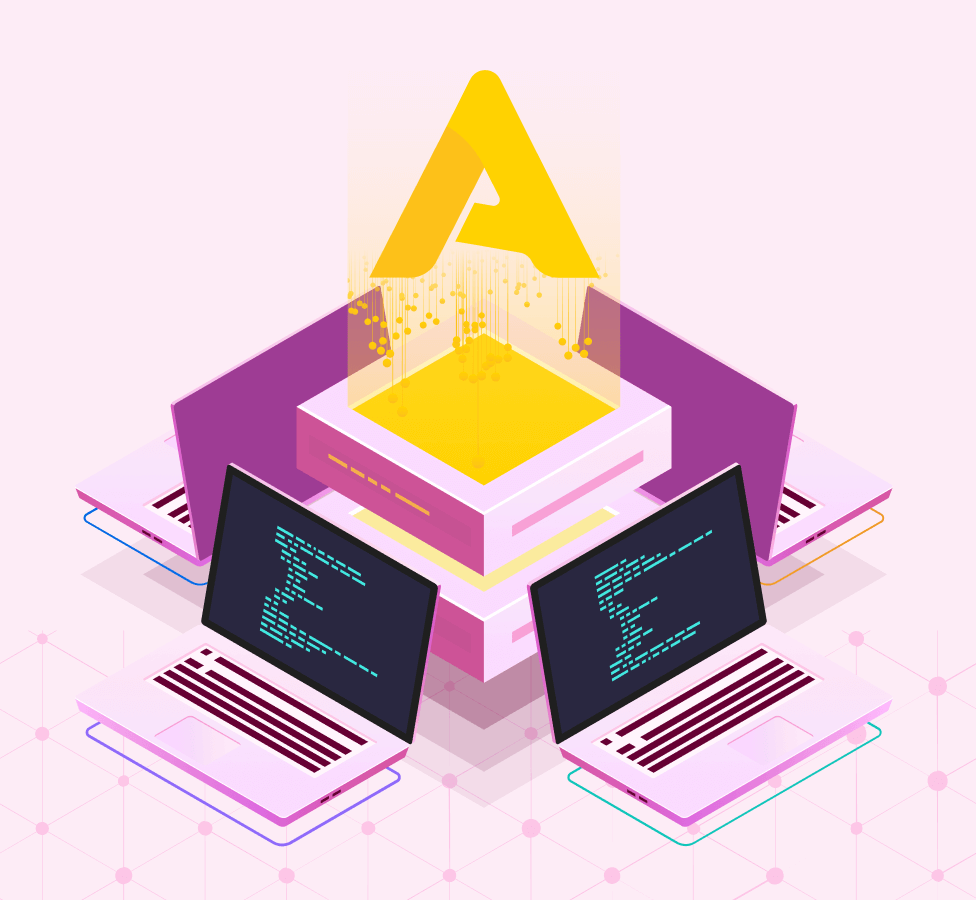
Add Clarity & Efficiency to Your Restaurant Operation
Apicbase is a modular restaurant ERP platform that unites your kitchens and back-of-house processes in the cloud.


